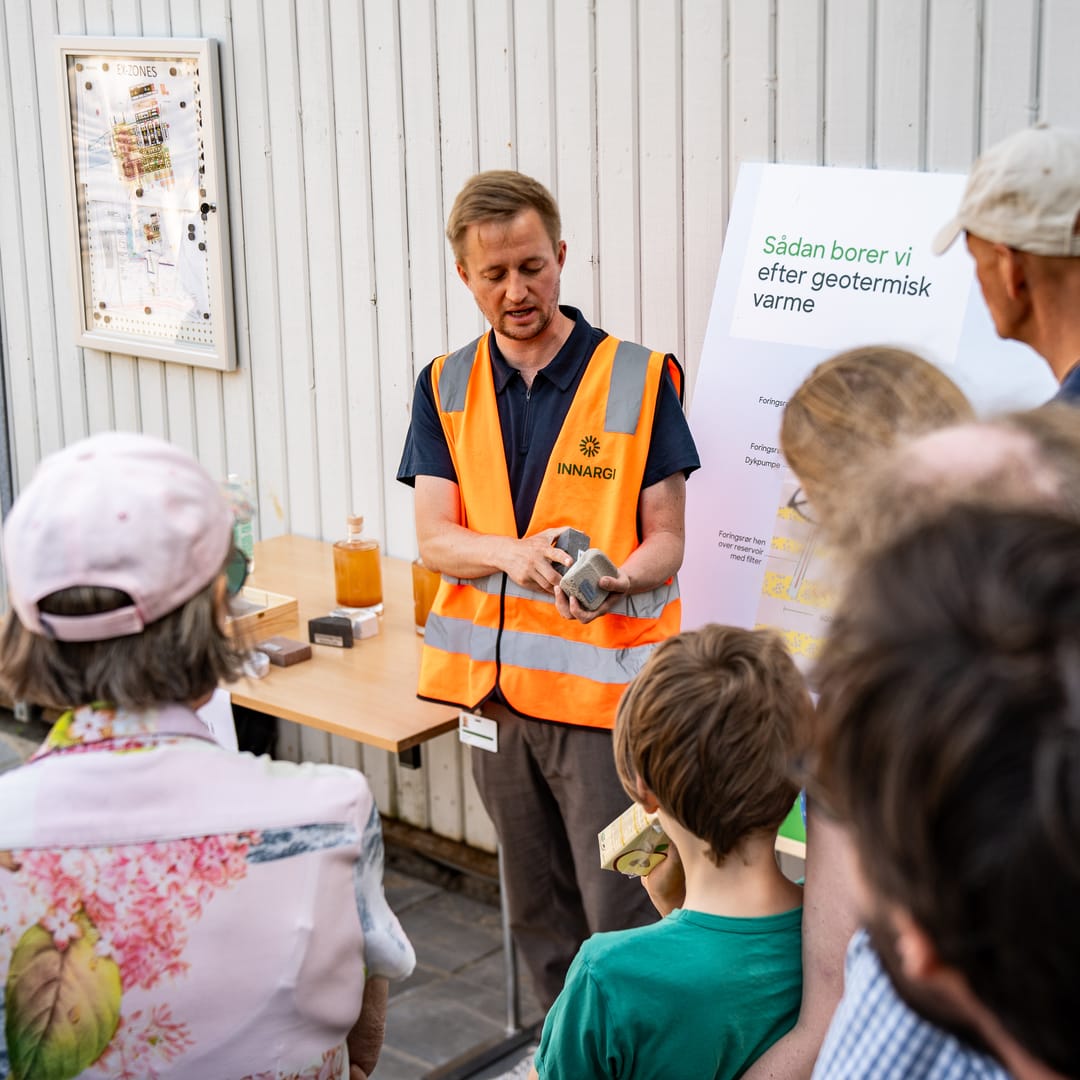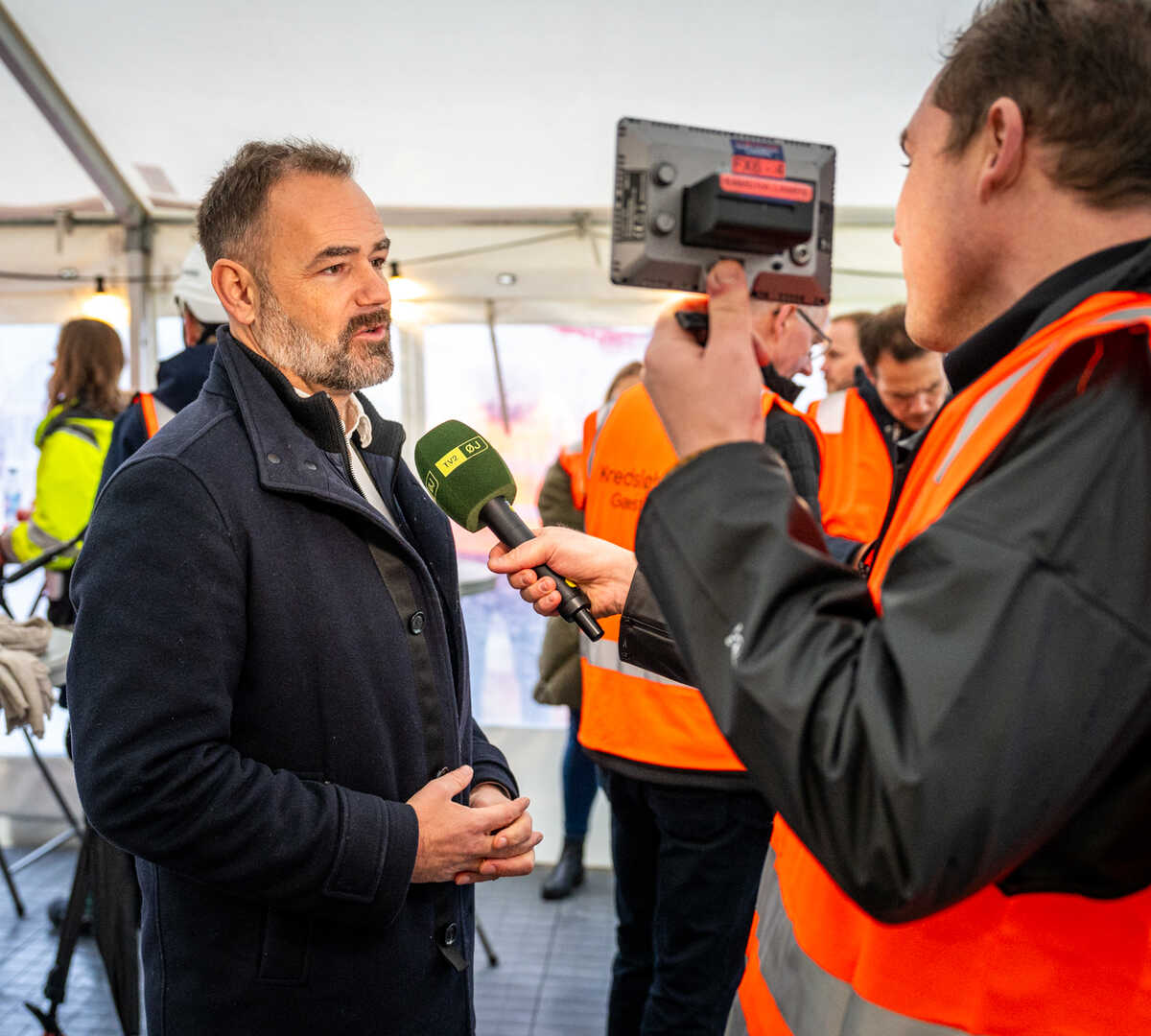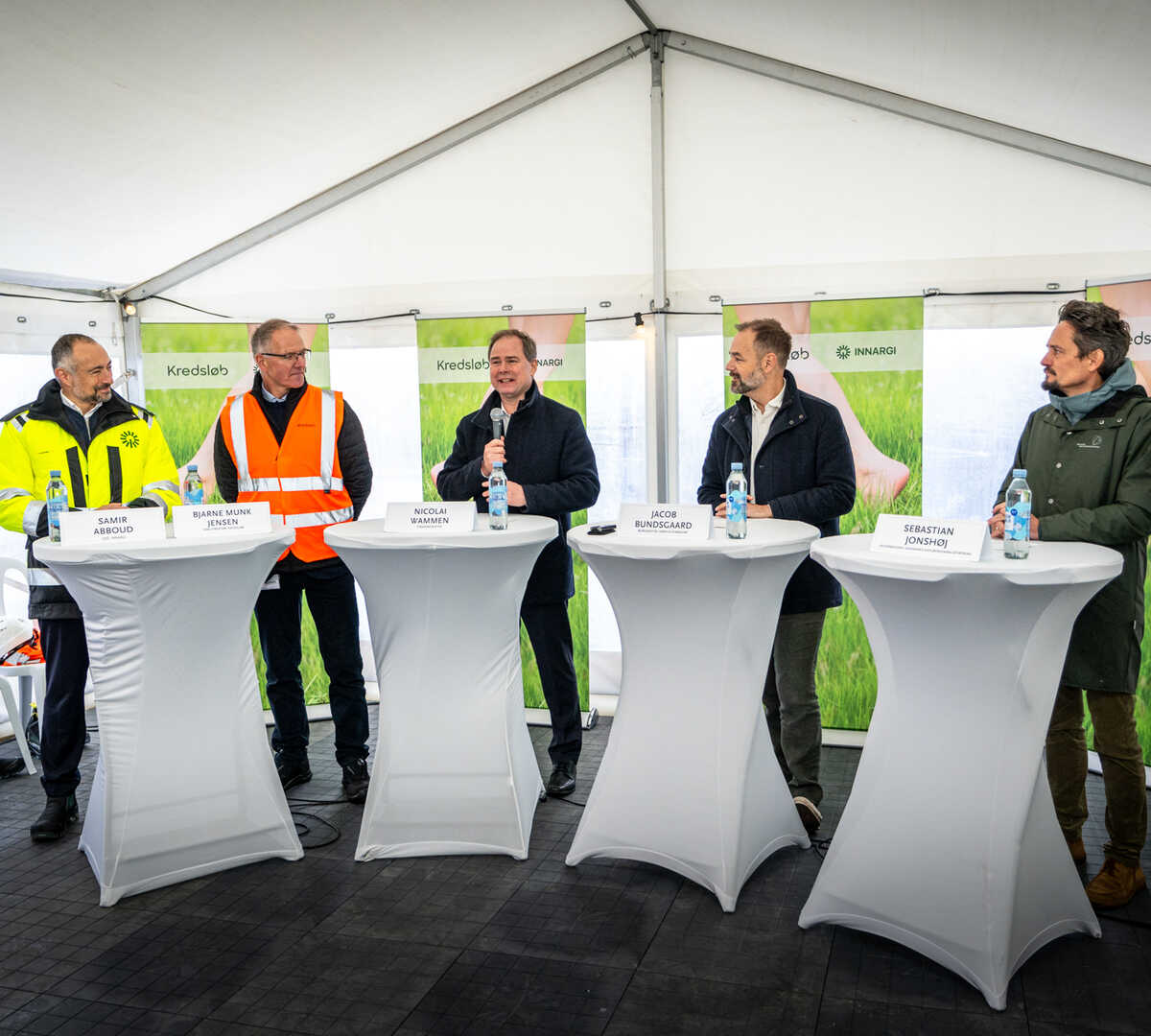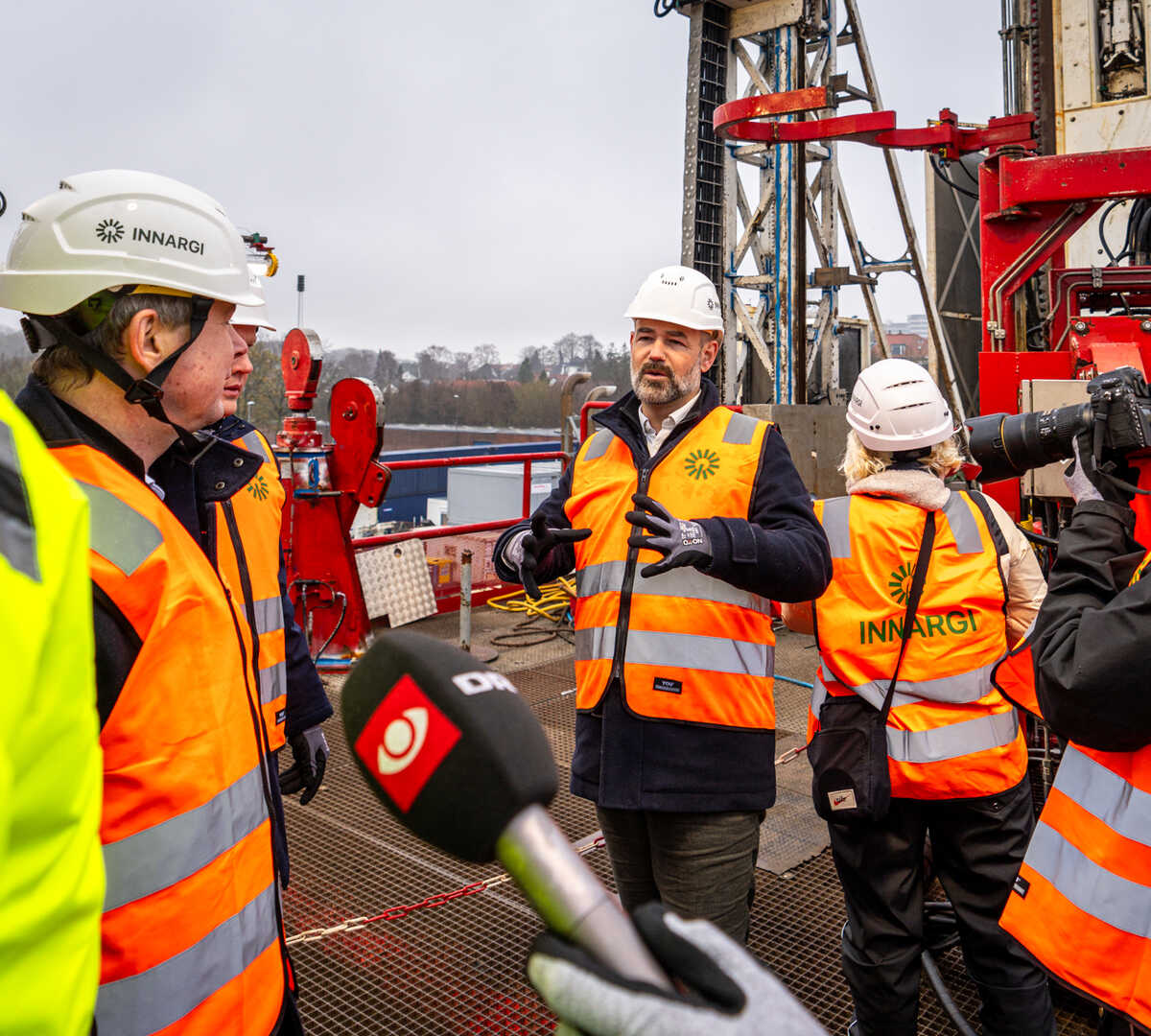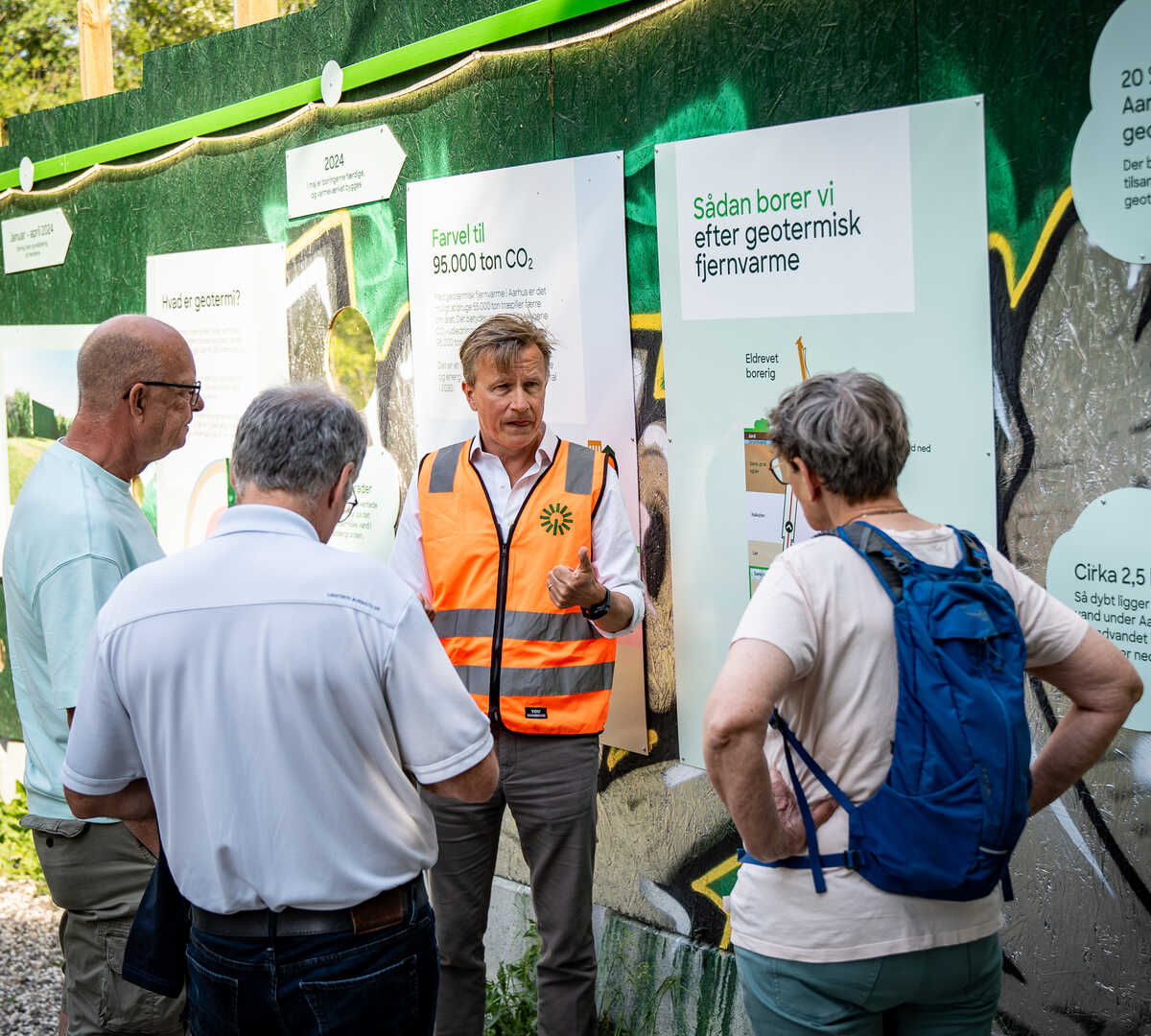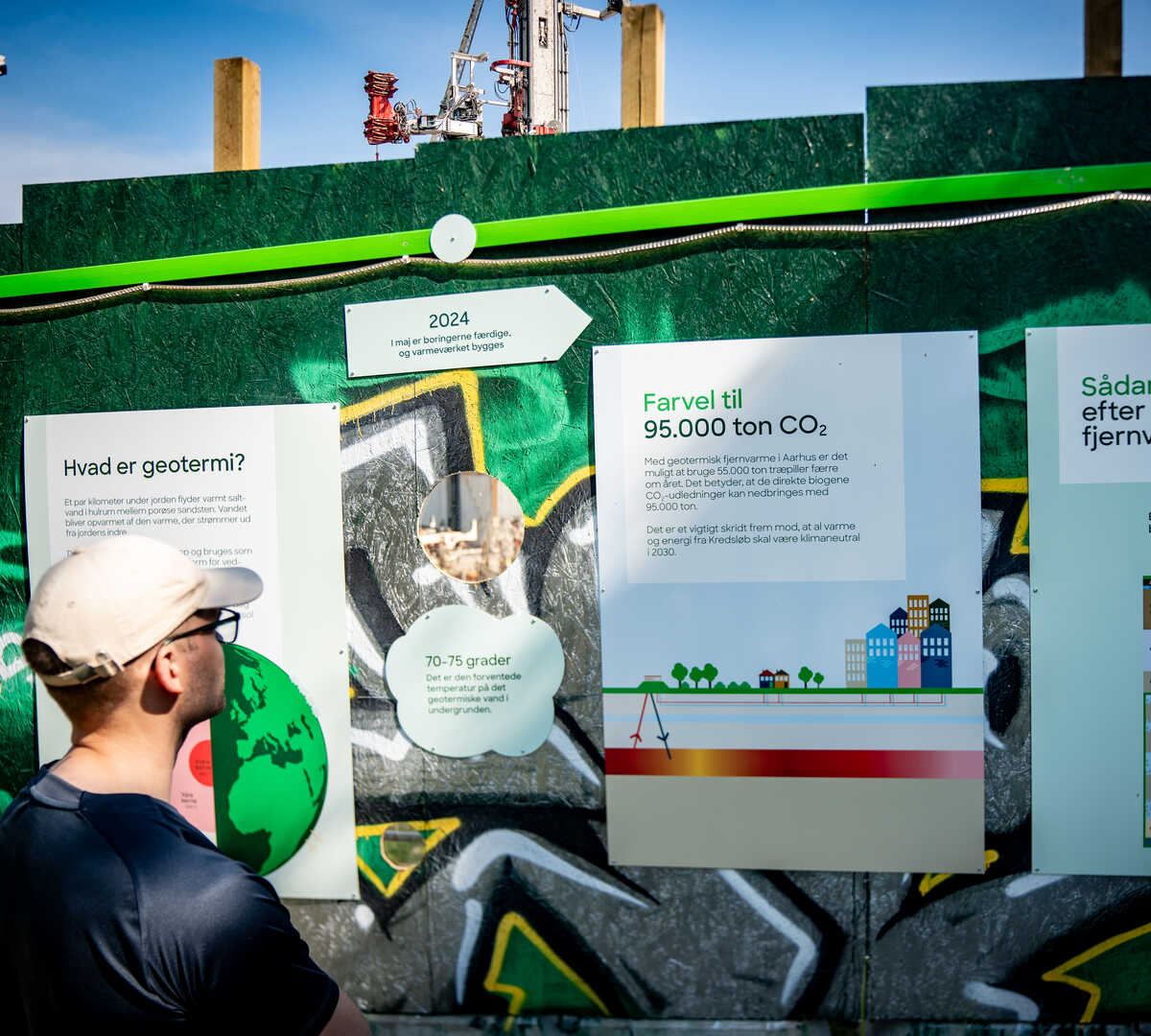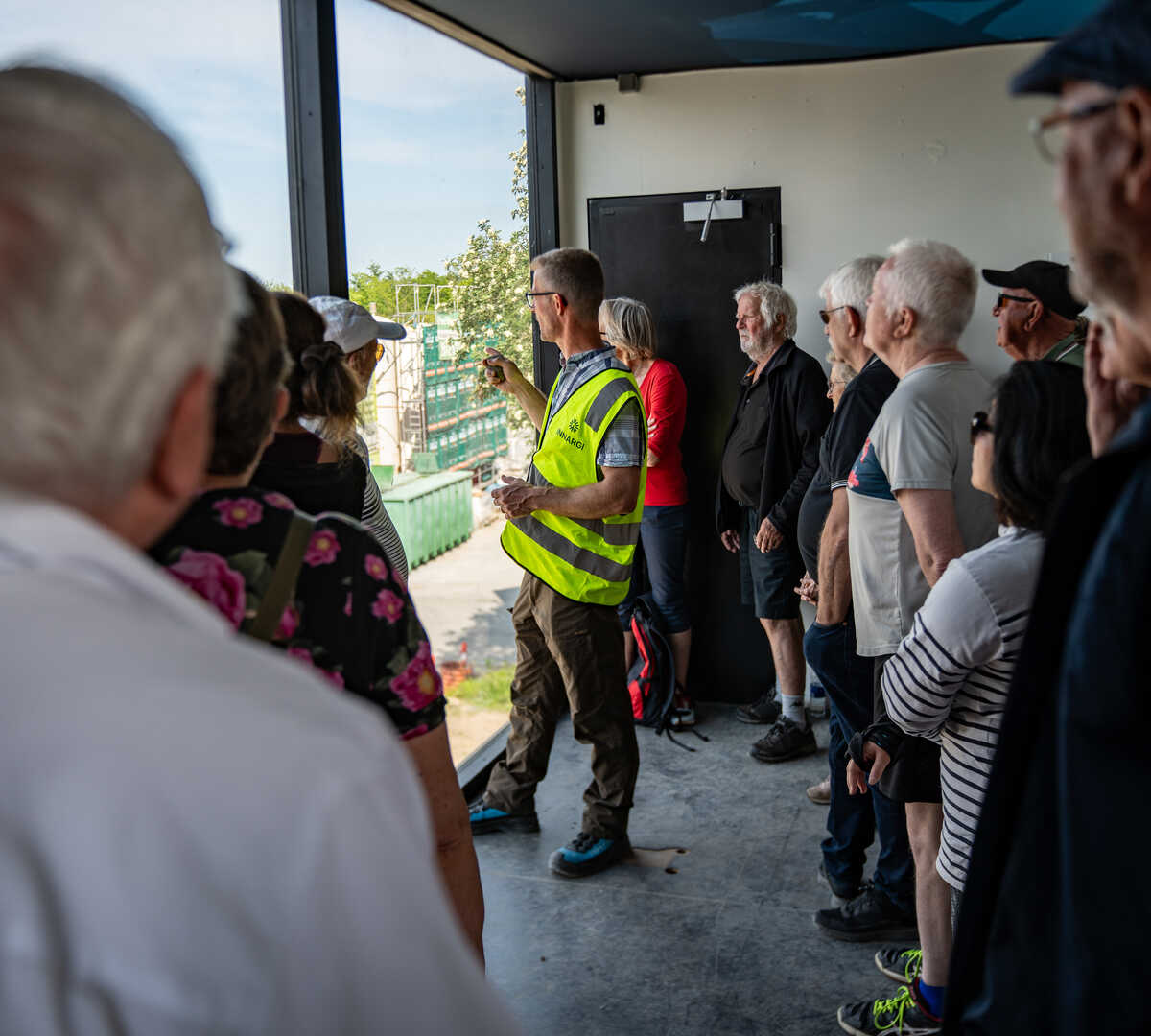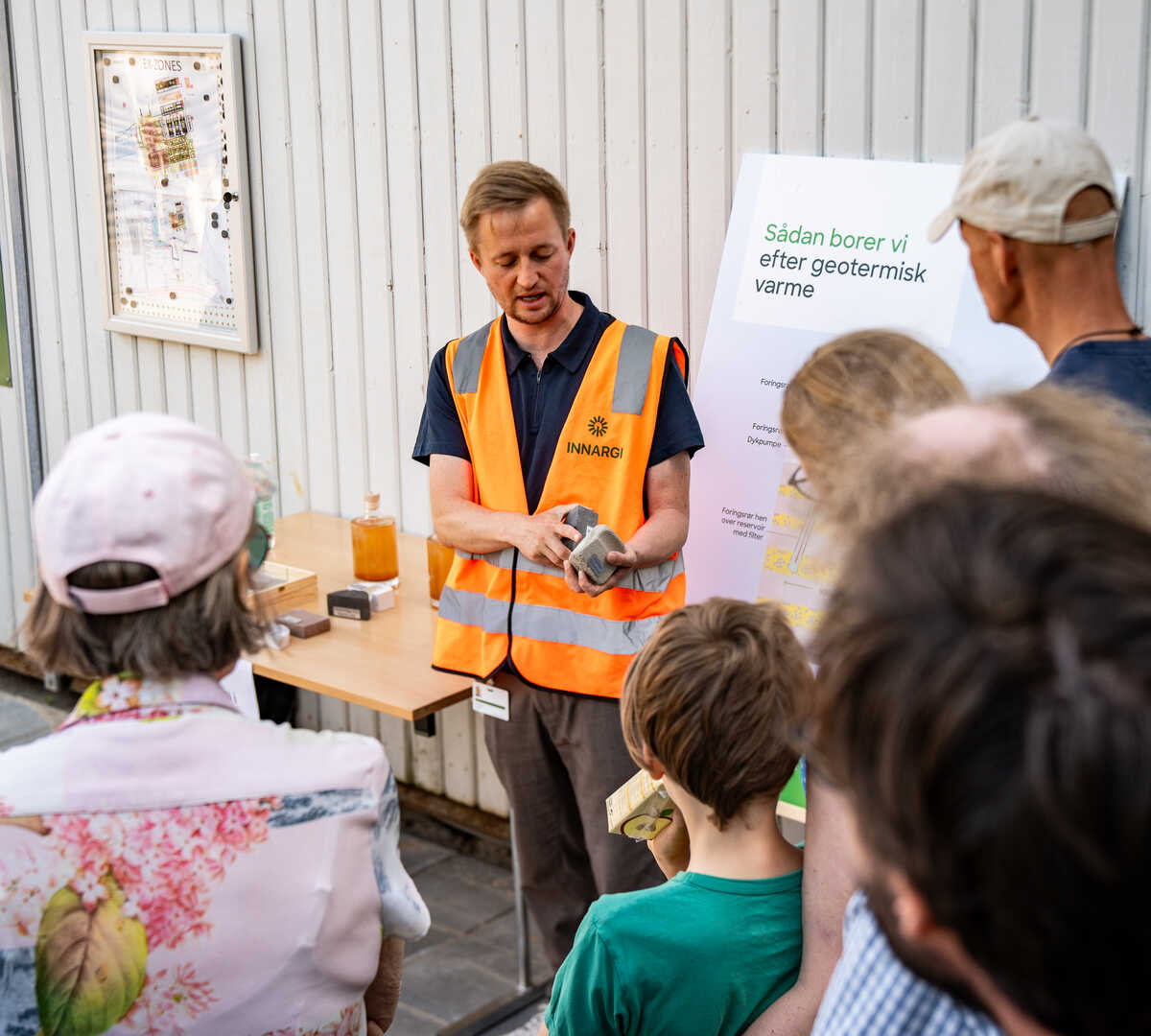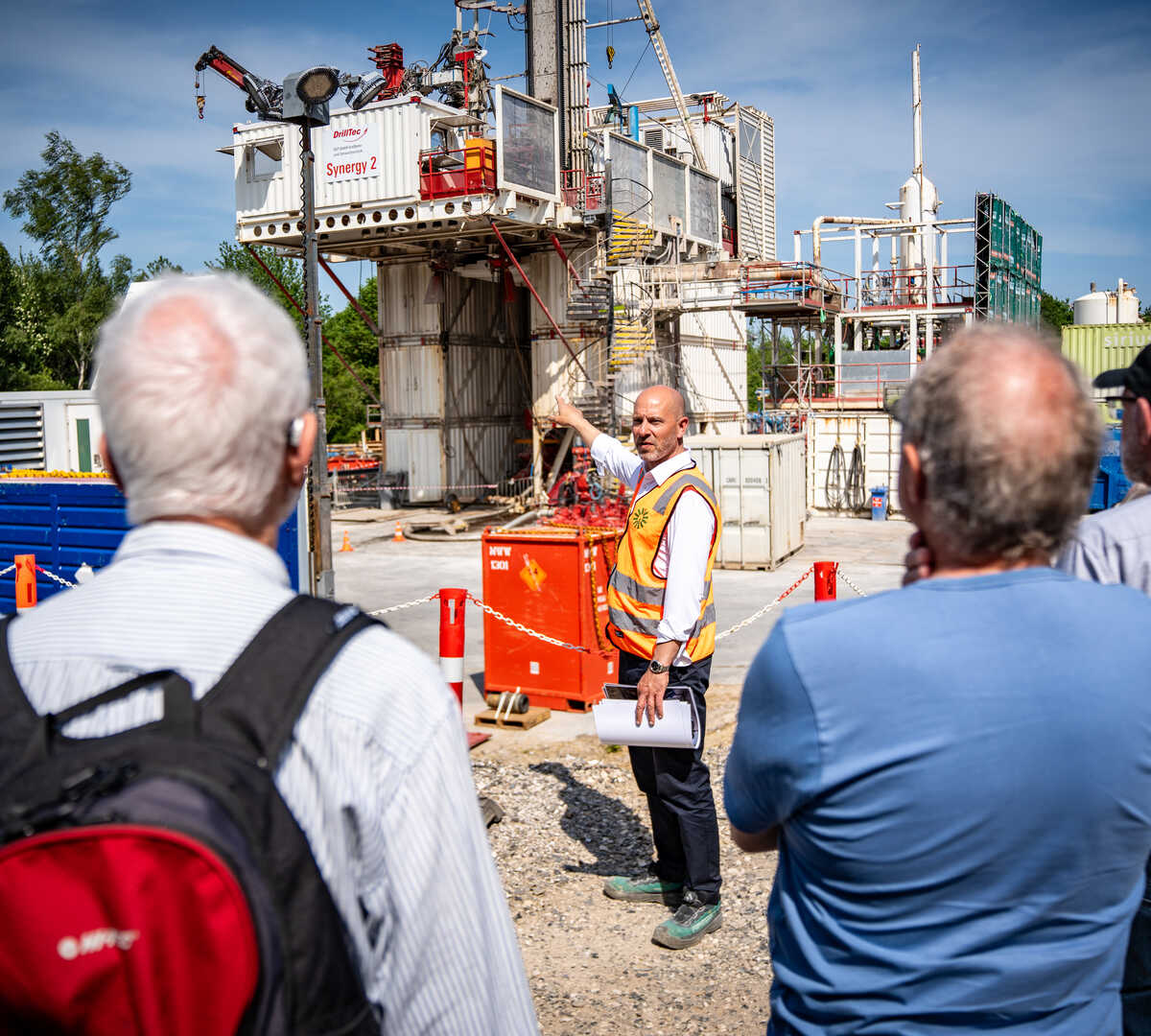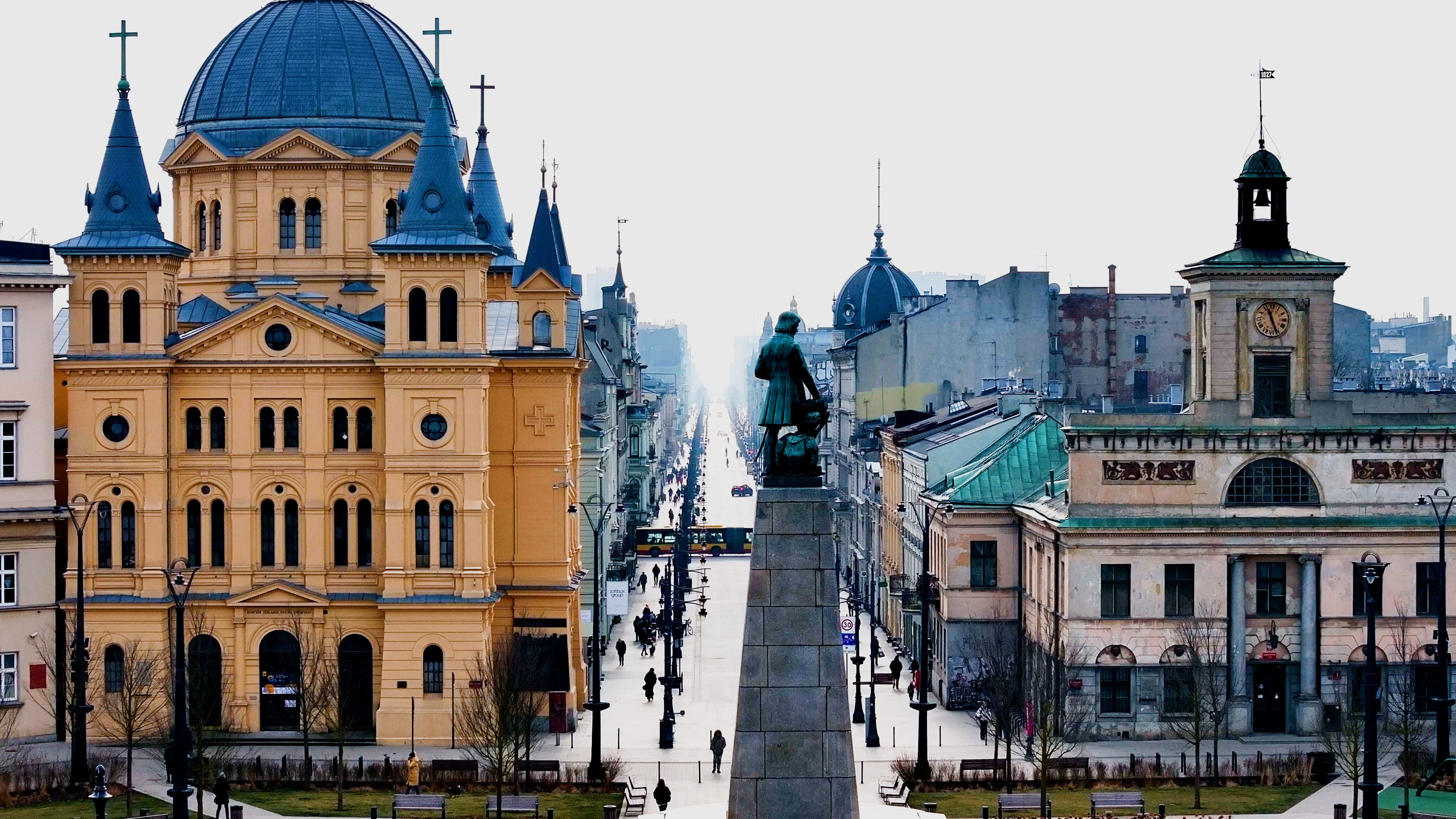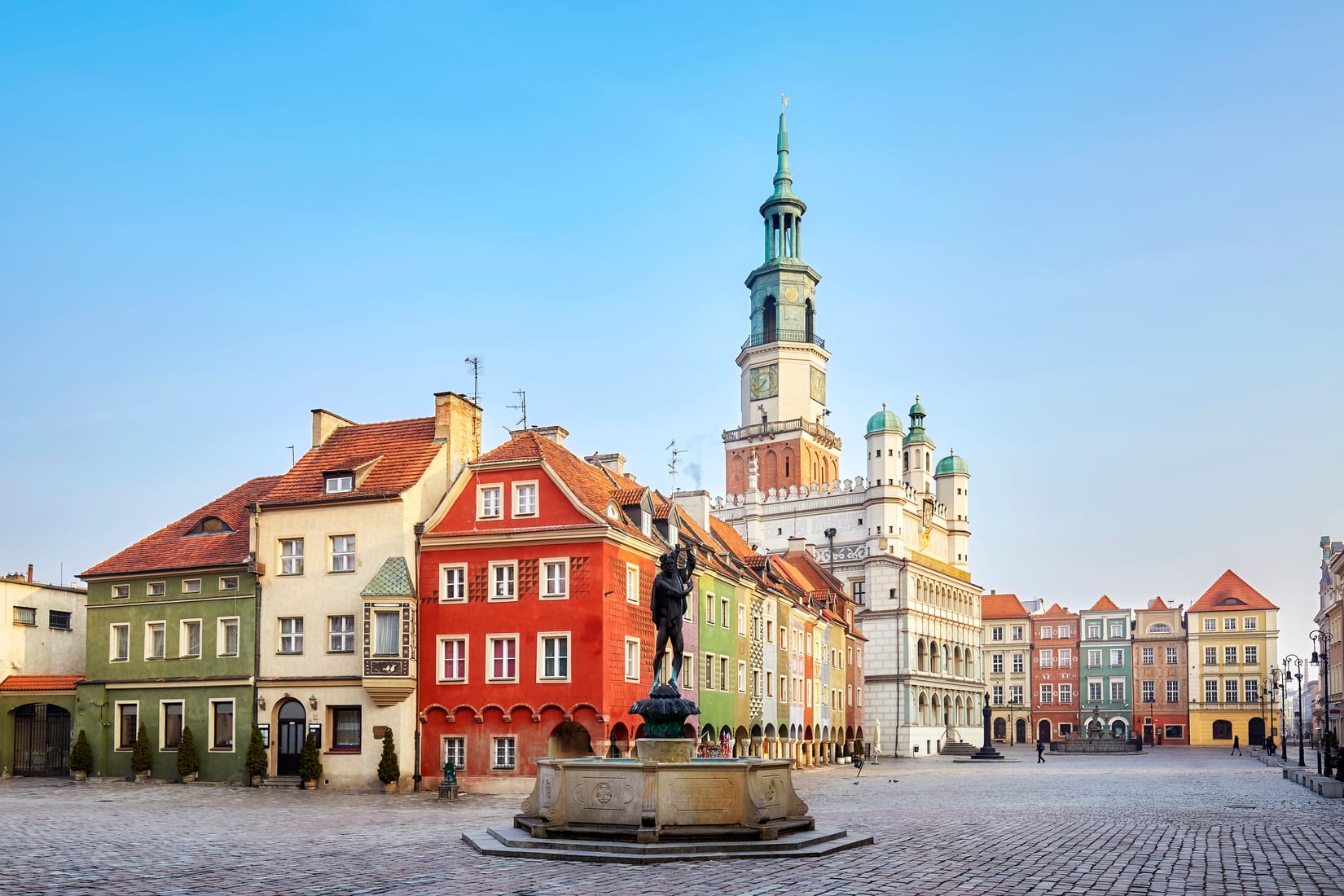Geothermal heat is the renewable source beneath our feet. Utilising this is one of the biggest steps towards clean heat and energy independence a community can take.
Together with district heating companies, we want to decarbonise district heating systems across Europe. But a geothermal project can be complex, and it is critical to involve all the right stakeholders at the right time to minimise challenges and delays.
In Innargi, one of the core pillars in our business model is to ensure local engagement throughout the project, so our partner, the district heating company, can rest assured that the right people are involved at the right time. It is our responsibility to understand local plans and regulations. We invest in securing the support of local communities – both those who govern them and those who live in them.
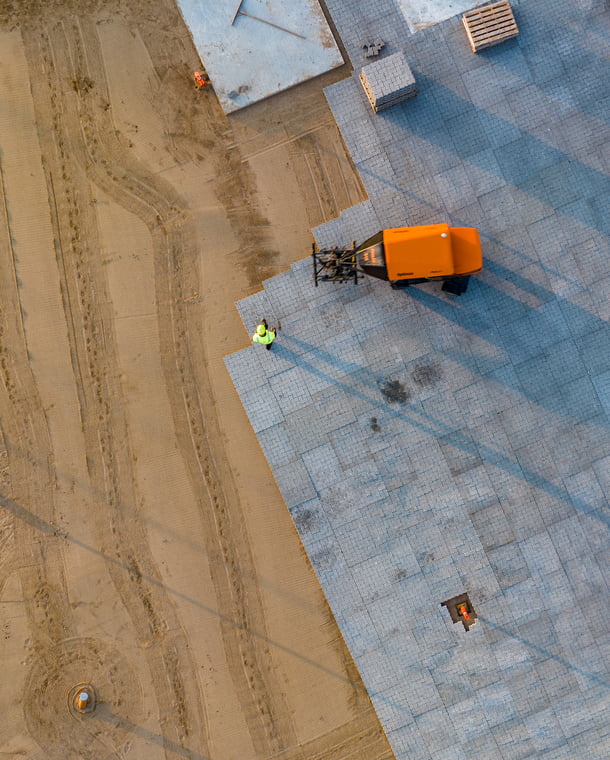
Learn more about the Aarhus Project
Kredsløb and Innargi have signed a 30-year agreement for the development and operation of the facility. In November 2023, drilling of the first of a total of 17 wells started. In 2025, we expect to deliver the first heat.
You can follow the progress of the project here.
